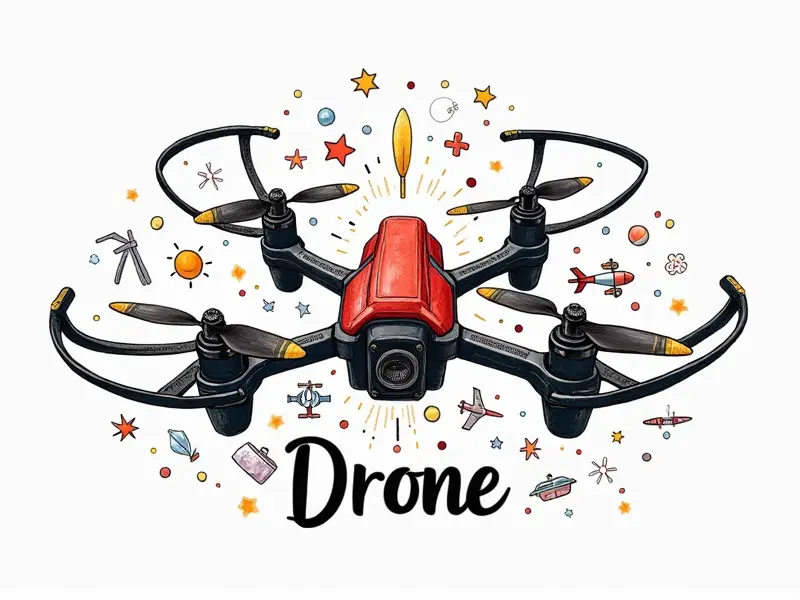How high can drones fly legally?

Drones have become an integral part of various industries, from aerial photography and videography to surveying and inspection. However, flying drones comes with strict regulations regarding altitude and airspace restrictions. This article delves into the legal limits for drone elevation in the United States, providing a comprehensive guide for both recreational and commercial drone operators.
Max Legal Height for Drones in USA
The Federal Aviation Administration (FAA) sets clear guidelines on the maximum altitude at which drones can legally fly. For most civilian uses, the legal ceiling is generally set at 400 feet above ground level (AGL). This limit applies to both recreational and commercial drone operations.
Can You Fly Drones Above 400 Feet?
Flying a drone above 400 feet AGL is not permitted without specific authorization from the FAA. Exceptions may be granted for special events or research purposes, but these are rare and require extensive documentation and approval.
FAA Rules for Maximum Drone Elevation
The FAA's regulations on drone altitude are outlined in Part 107 of the Federal Aviation Regulations (FARs). These rules mandate that drones must not exceed 400 feet AGL unless a waiver is obtained. This ensures safety and prevents interference with manned aircraft.
Legal Ceiling for RC Quadcopters & Helis
For remote-controlled (RC) quadcopters and heli-drones, the legal ceiling remains at 400 feet AGL. Operators must adhere to this limit regardless of the type or size of their drone.
Highest Legal Flight Altitude for FPV Drones
First-person view (FPV) drones are popular among enthusiasts and hobbyists, but even these must comply with the 400-foot AGL restriction. Flying beyond this limit is strictly prohibited unless a waiver has been granted.
Drone Laws: Max Height Permitted
The maximum height permitted for drone flights in the USA is legally set at 400 feet above ground level, as per FAA regulations. This rule applies to all types of drones and operators, ensuring safety and preventing airspace congestion.
How High Can You Fly Your Drone?
To determine how high you can fly your drone, it’s essential to understand the legal framework set by the FAA. For most operations, the answer is 400 feet AGL. However, specific circumstances may allow for higher altitudes with proper authorization.
Legal Limits for Drone Elevation
The legal limits for drone elevation are primarily determined by safety concerns and the need to avoid manned aircraft. The FAA's mandate of 400 feet AGL ensures that drones do not pose a risk to other airspace users.
FAA Regulations on Drone Altitude
The FAA enforces strict regulations regarding drone altitude through Part 107 of the FARs. These rules are designed to maintain safety and order in the national airspace system, ensuring that drones do not interfere with manned aircraft operations.
Top Drone Altitude Legal Facts
- 400 feet AGL: This is the standard legal limit for drone flights in the USA.
- Waiver Process: Special permission can be sought from the FAA to fly above 400 feet, but this requires extensive justification and compliance with additional safety measures.
- Safety First: The primary reason for altitude restrictions is to ensure safety in shared airspace.
Maximum Safe Drone Flying Height
The maximum safe drone flying height is 400 feet AGL, as mandated by the FAA. This limit ensures that drones do not pose a risk to other aircraft or individuals on the ground. Adhering to this rule is crucial for both legal compliance and public safety.
Conclusion
Flying drones legally requires adherence to strict altitude regulations set forth by the FAA. The maximum permissible height of 400 feet AGL ensures that drone operations remain safe and do not interfere with other airspace users. By understanding and complying with these rules, both recreational and commercial drone operators can enjoy their hobby or business while maintaining safety and legal compliance.

